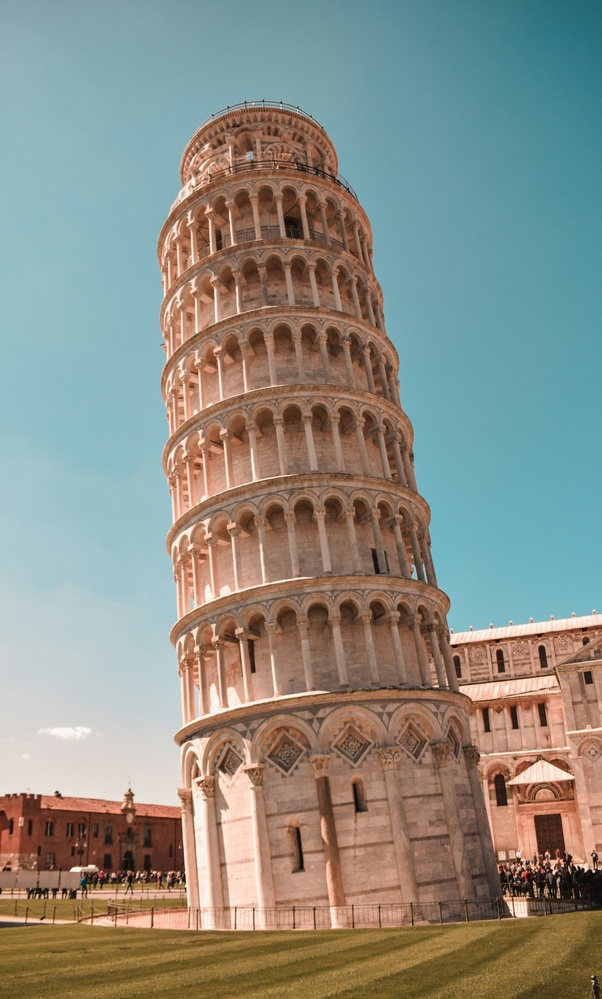
The math is simple. It is a fight between two forces: the tower’s weight and the ground it stands on.
The tower has a center of gravity. This is the single point where all its 14,500 tons of weight can be said to be concentrated. For the tower to stand, a vertical line drawn straight down from this center of gravity must fall within the footprint of its base–If that line falls outside the base, the tower will tip over. It is a simple rule.
The lean is now about four degrees. This puts the center of gravity’s vertical line about two meters from the edge of the foundation. The tower is stable — But the lean was once worse.
Over five degrees – Engineers in the 1990s carefully removed soil from under the high side, coaxing the tower to settle back. They did not straighten it – They just gave the math a wider margin of safety.






